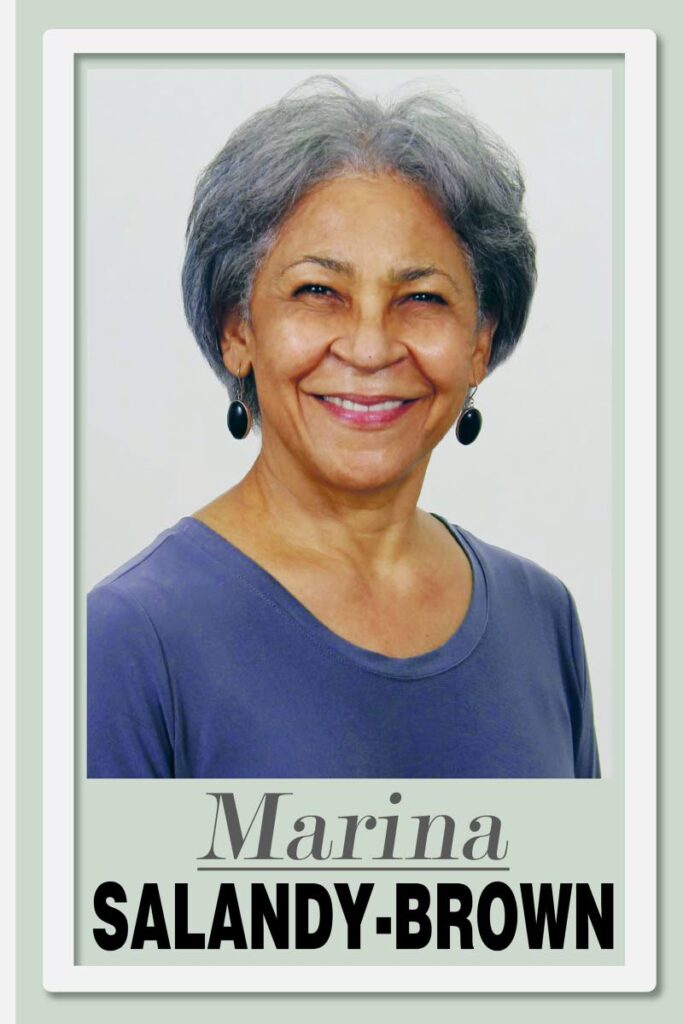Good spaces make happy people

The idea of placemaking has been around for decades, although mainly known to architects. It came to mind during the recent local government elections (LGE) in TT and a short trip to Barbados, where I observed the breathtaking number of new buildings going up there, and took in the bird’s-eye view of the island of Trinidad.
Wikipedia describes placemaking as “a multi-faceted approach to the planning, design and management of public spaces. Placemaking capitalizes on a local community's assets, inspiration, and potential, with the intention of creating public spaces that improve urban vitality and promote people's health, happiness, and well-being.”
My recent trip had me wondering why the idea of building a community and not just buildings had not taken off in the Caribbean.
All over Trinidad, on flat land more suitable for agriculture than homes, land where yoked oxen once ploughed rice paddies and farmers grew vegetables, nests of closely huddled, cheaply constructed concrete houses have been planted in straight rows – no communal space available to them, not a beautiful tropical tree to spread its boughs and provide much-needed shade under which people could sit and perhaps watch their children play on a nice piece of parkland. There are no places of worship or clubhouses, or centres where pre-schools, for example, could be established.
Those new housing areas have been constructed as neighbourhoods, but they need to be turned into communities where people can feel rooted enough, content enough and care enough to vote for a local government candidate who would value them and their well-being.
There is a connection between the two. People have to care about their environment and guard it, and they will only do so if they have a voice, a sense of belonging and a sense of pride in their surroundings. Reference was made in a previous column to the broken-windows theory, which in criminology, holds that visible signs of crime, antisocial behaviour and civil disorder create an urban environment that encourages further crime and disorder, including serious crimes. The less a neighbourhood is cared for, the less people care about it, others and themselves, and also the less interest they have in the country and its processes.
Evidence exists that an important element in low LGE voter turnout was people’s sense of disengagement and being undervalued. How we create the spaces in which people live could help change that.
Early urban planning of thriving Woodbrook, Newtown and St James included squares and shopping areas, churches and schools. Newer post-independence developments in the north-south corridor and in newly rich Central and parts of South, for the most part, ignored the idea of placemaking. They were, rather, enclaves for specific economic groups, and did not offer mixed use for their non-mixed-income residents. Most did not have shopping facilities on their doorsteps or leisure and community facilities or parks and healthcare.
Diamond Vale, built in the 1950-60s, offered affordable housing for working people and included some open space for future development, so that a bright new health centre opened in the last few years on the main thoroughfare, opposite the 1950s-built school at the heart of the development.
Yet that popular scheme may have been the start of non-people-centred building, with its interminable maze of long, soulless, treeless streets.
In Barbados now, on the road from the airport to and from Bridgetown, on land where cows grazed and cane fields prospered 25 years ago, are long straight lines of boring residential cubes, pressing against one another without respite, treeless.
Apparently, they are being eagerly bought up by all sorts of people, but then land access is under pressure on that tiny island, a particular challenge we do not face. Nearby, The Estates in St George, just 15 minutes from the capital, shows a contrasting aptitude for people-centred thinking, which allows Barbados to excel at tourism. Some future-looking, place-making developers have sold nearly all the units in their affordable (TT$2-3million), well appointed apartments created for a community of retirees, offering them independent, active living on a 32-acre landscaped site, surrounded by expensive-looking amenities, some to be shared with non-residents. It includes an elegant and breezy clubhouse, tennis courts and formal dining room plus a wellness centre, fitness centre, large pool and spa, plus a convenience store and pharmacy, and physicians' offices and 24/7 urgent medical care. Anyone who retires there to see out their days, feeling they are in a very plush resort community with every service at their fingertips, will probably die with a smile on their face. I am not aware of any comparable development in TT.
What we are doing is not working. We need some imagination and the will to change it. Research by the National Health System in the UK shows over 40 per cent of health outcomes are not related to health, but to other determinants, such as housing.
Central government reform must answer the question: How is the physical and mental health of people in our communities linked to our experience and reality as a country?
How we live and feel at the local level must not be overlooked in our strategic planning.


Comments
"Good spaces make happy people"